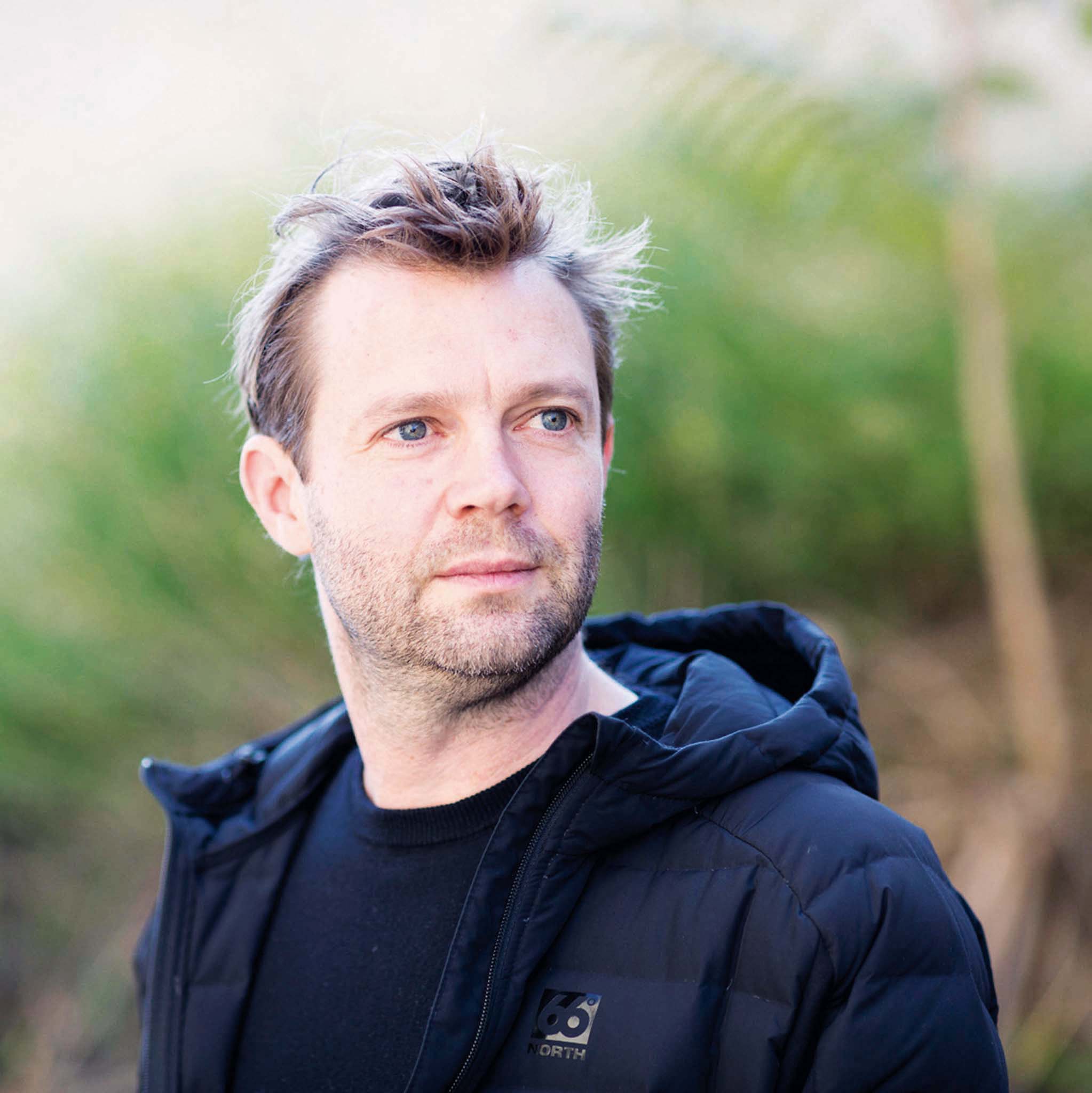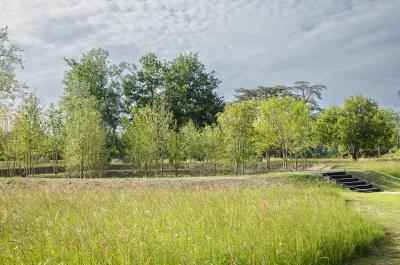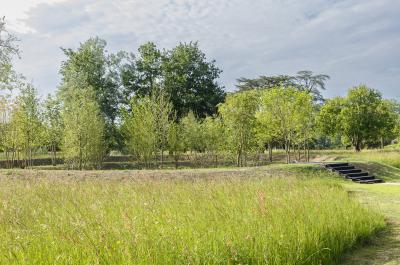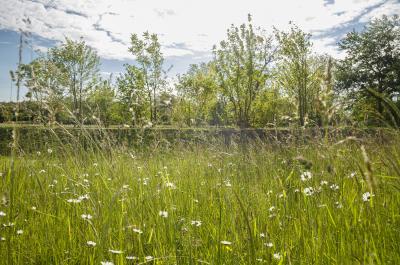44. La forêt du futur

DESIGNER

An inventor by nature. From Notre-Dame in Paris to Les Davids in the Luberon, top Belgian landscaper Bas Smets has established his deliberately poetic and ecological vision.
After studying architecture and civil engineering at the University of Louvain and landscape design at the University of Geneva, Bas Smets founded Bureau Bas Smets in 2007, a firm specialising in designing landscape strategies and public spaces. Bas Smets believes in returning nature to cities, intelligently redesigning the green spaces of tomorrow and striking a new balance between nature and the built environment to effectively tackle climate change.
He defines himself as a “landscape architect” but has become the specialist in “augmented landscapes”, worlds in themselves that use the logics of nature and produce new microclimates and atmospheres on any scale, public and private. In Arles, this inventor transformed 33,000 m2 of concrete desert around the Luma foundation into an island of greenery, planting over 1,000 trees and 80,000 plants. At the Les Davids estate – an organic farm and winery in Viens in the Luberon National Park – he created a 1.5-hour nature trail. He didn’t plant any trees to do so, but simply revealed the beauty of the existing landscape, using his instincts rather than following a defined route, working with a chainsaw instead of a pencil. During this unprecedented exercise, he followed paths made by wild boar, tracking his route via GPS and using it to draw the plan at the end. This inversion of modern processes delighted him. In June last year, the project he described as “reserved and just” was chosen almost unanimously for the 4 hectares beside the Notre-Dame in Paris, with the aim of enhancing the cathedral.
Located in Brussels, his team of 25 architects and landscapers has designed 470 projects – 50 of which have been completed – in over 12 countries. From New York to Hong Kong via Antwerp and Albania, Bas Smets collaborates with artists and scientists.
For all his projects, he soaks in and analyses the history and geology of the site, its climate and manmade changes while remaining attentive to tell-tale details, such as the wind direction and flow of water, to create his proposal, pushing boundaries in the process. In Arles, to overcome the aridity of the Luma project, he imagined what nature would have done to accelerate its natural processes of reconquest. And, after lockdown, moved to the site for seven months with his wife and young daughter. In Viens, at the Les Davids estate, he rushed up the hillside and redrew unexpected meadows. Inspired.


